Home > Auctions > 3 - 8 September 2024
Ancient Art, Antiquities, Natural History & Coins
Auction Highlights:
Collected from 1970-1999.
From the collection of the late Mr S.M., London, UK.
Freeborn Roman boys wore bullae until they reached adulthood, being given them eight days after their birth, on the same day that they were named. This important marked boys acceptance into the family. Bullae made of gold would only have been affordable to the members of the elite, whilst the lower classes wore pendants made of less expensive materials. The feminine equivalent was a lunar (crescentic) pendant.
Ex German art market, 2000s.
Acquired from an EU collector living in London.
From the collection of Surrey, UK, gentleman.
Cf. Beutler, F. et al., Der Adler Roms. Carnuntum und der Armee der Cäsaren, Bad-Deutsch Altenberg, 2017, item 758, for type.
Acquired on the UK market, since 1970.
From the historic mineral collection of Richard Valentine Cain, London, UK, thence by descent.
Acquired 1980-2015.
Ex Abelita family collection.
UK private collection before 2000.
Acquired on the UK art market.
Property of a London gentleman.
From the private collection of M.Cummings, Lincolnshire, UK, 1990s.
Acquired on the UK art market.
Property of a Essex, UK, collector.
Accompanied by an old typed information card.
Cf. Hadjadj, R., Bagues Merovingiennes - Gaul du Nord, Paris, 2007, item 500, for type.
Acquired from Weber, Kohl.
Ex private collection, Rhemish, Germany.
with Gorny & Mosch, 14 December 2010, lot 499.
Private collection, Europe.
This lot has been checked against the Interpol Database of stolen works of art and is accompanied by search certificate number no.11800-206492.
Cf. Walters, H.B., Catalogue of the Greek and Roman lamps in the British Museum, London, 1914, no.1468, for the type.
The principal parts of a lamp were the body or reservoir which contained the oil (infundibulum); the flat circular top (discus) on which the design, if any, was placed, sometimes with an ornamented rim (margo), the nozzle, with a hole for the insertion of the wick (rostrum, nasus, myxus), the wick, known as ellydinium, the handle (ansa, manubrium).
Acquired in the late 1960s or early 1970s.
Ex David Read collection.
Accompanied by an academic report by Dr Raffaele D’Amato.
This lot has been checked against the Interpol Database of stolen works of art and is accompanied by search certificate number no.12080-214035.
See Peirano, D., ‘Iasos and Iasian Marble between the Late Antiques and Early Byzantine eras’ in Matetić Poljak, D. and Marasović, K., Asmosia XI, Interdisciplinary Studies on Ancient Stone, Proceedings of the XI Asmosia Conference, Split, 2015, Split, 2018, pp. 123-130, figs. 1-4, for related examples; Rautman, M., Last Suppers at Sardis, Journal of Roman Archaeology, vol.34/2, 2021, pp.667-694, for examples related to domestic dining contexts; a decorated example with elaborated decoration along the edge, is in the Metropolitan Museum (sigma-shaped table with relief border depicting the Birth of Aphrodite and a Marine Thiasos, accession no. L.2020.6a–ii), but this latter was probably for domestic use; another similar specimen for liturgical use can be seen in the same museum under accession number 47.100.50.
Marble tables such as the present example are called in archaeological terms sigma tables, in consideration of their resemblance to the Greek letter sigma. Sigma-shaped tables appeared in the banquet halls at the end of the 4th century and within Christian buildings from the following century. Most of the undecorated slabs were used as liturgical table tops for feasts to honour the deceased. This commemorative practice was known throughout the late Roman world in west and east, where it continued in the daily life of the citizens of the Eastern Roman Empire. In ecclesiastical settings, circular and sigma-shaped tables were used to collect offerings or for celebrating the agape, more generally as secondary furniture, while the rectangular form was preferred for use as an altar.
From the Roman legionary fortress Inchtuthil, Perthshire, 83-87 A.D.
Private UK collection.
Acquired in the 1980s.
Property of a Cambridgeshire gentleman.
Property of the vendor's grandfather, thence by family descent, circa 1985.
From the private collection of a New York, USA gentleman.
Found Wiltshire, UK.
From the important private collection of dice and gaming pieces of Colin Narbeth, London, UK, collection no.156.
See Beutler, F. et al., Der Adler Roms. Carnuntum und der Armee der Cäsaren, Bad-Deutsch Altenberg, 2017, item 724, for type.
445 - 456 of 3369 LOTS

.jpg)

.jpg)
.jpg)
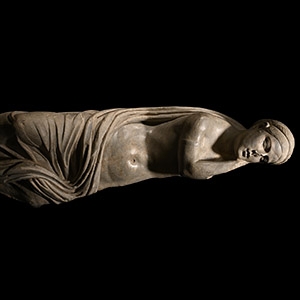
.jpg)
.jpg)

.jpg)
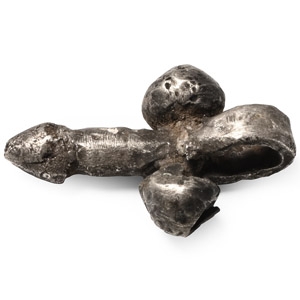
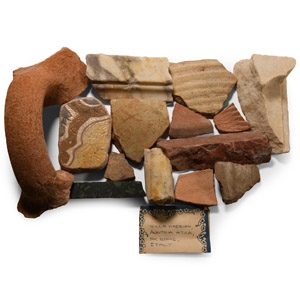
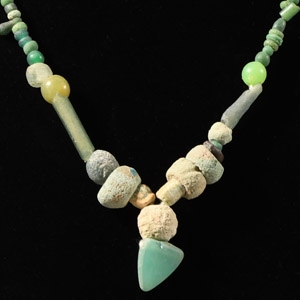
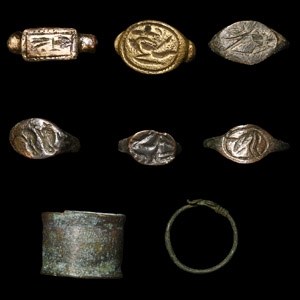

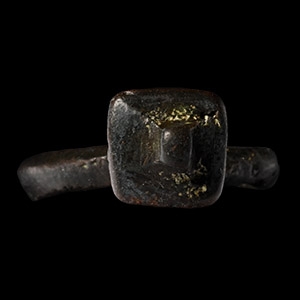
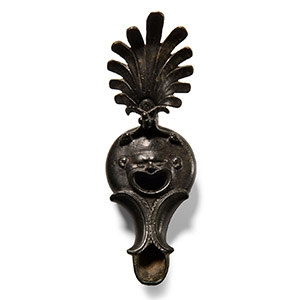
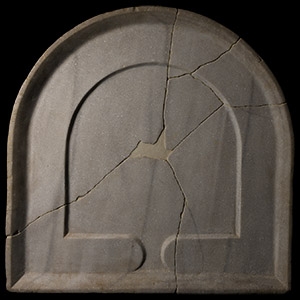
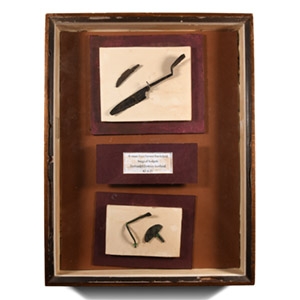
.jpg)




